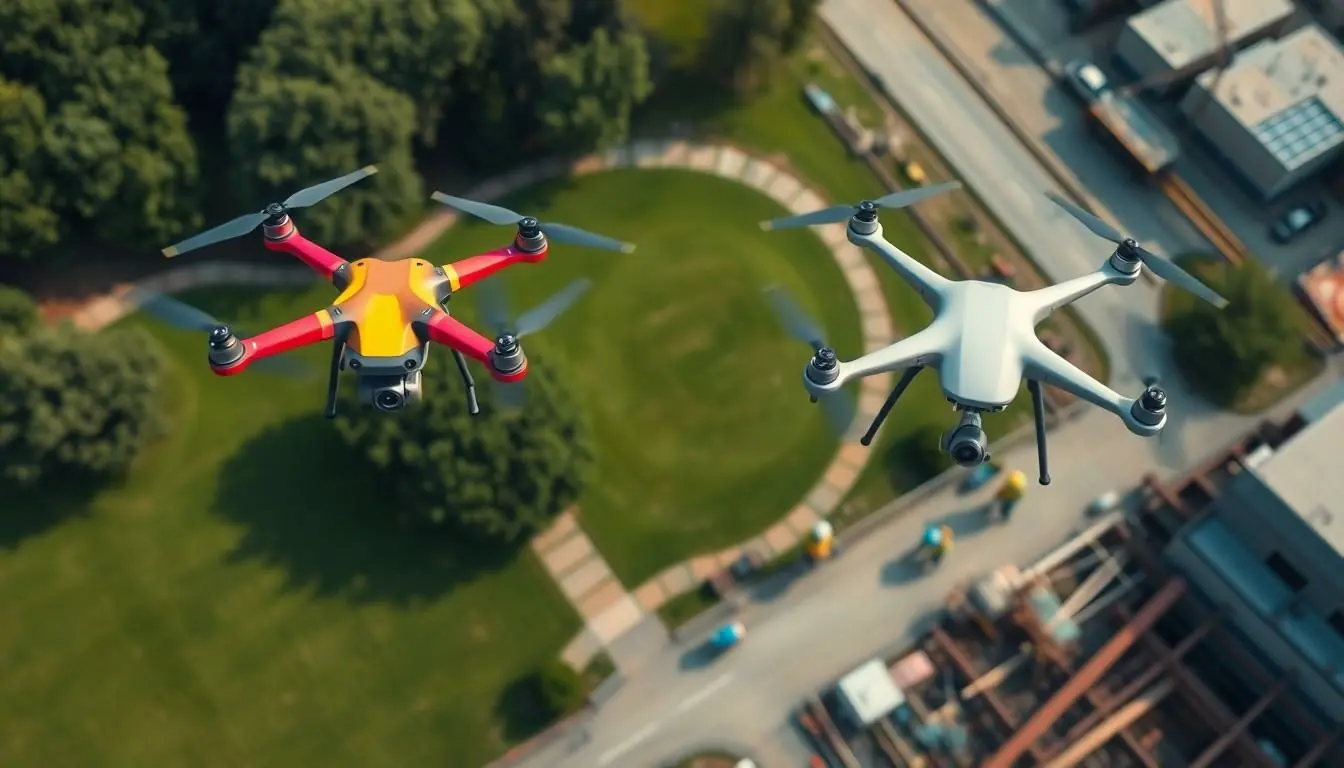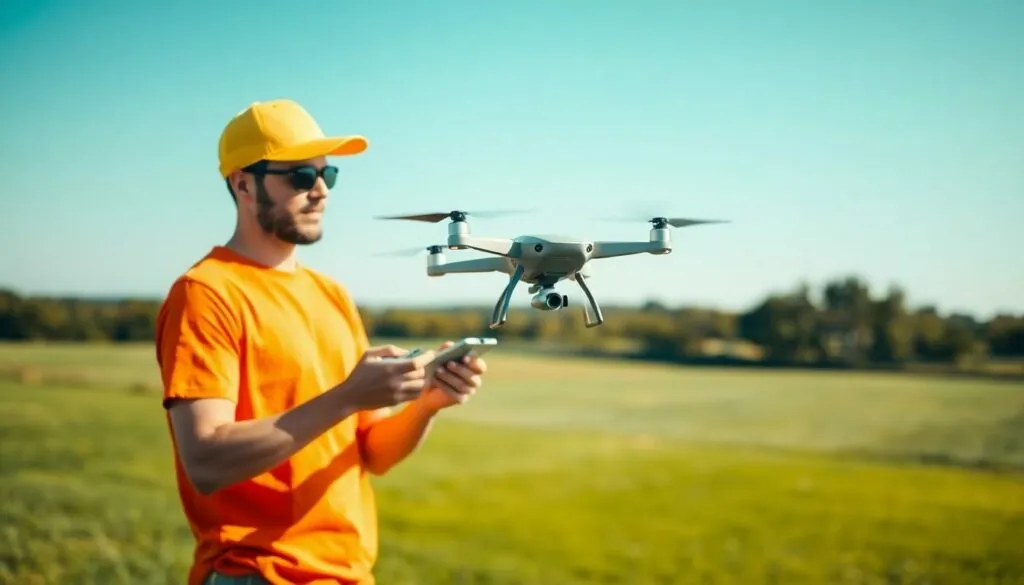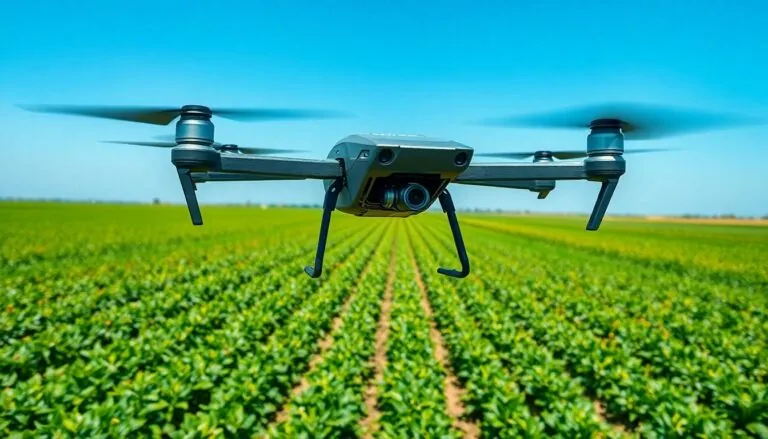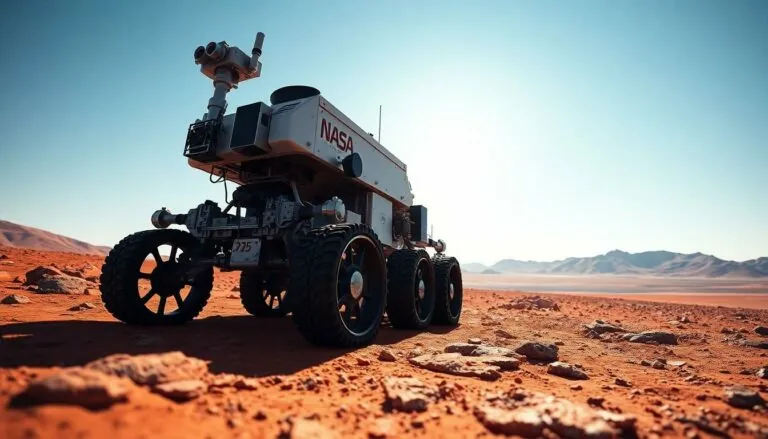Table of Contents
ToggleIn a world where the sky’s the limit, remote control drones are taking flight and capturing imaginations like never before. These buzzing gadgets aren’t just for tech enthusiasts or hobbyists; they’re the perfect blend of fun and functionality, transforming everything from photography to racing into thrilling adventures. Who wouldn’t want to pilot their own flying robot while sipping coffee on the couch?
Overview of Remote Control Drones
Remote control drones gained prominence due to their diverse applications and user-friendly design. Many individuals use them for recreational purposes, from capturing stunning aerial photographs to racing against friends. Companies utilize drones for tasks such as surveying land and inspecting infrastructure, showcasing their versatility in professional settings.
Various types of remote control drones cater to different needs. Hobbyist models often emphasize ease of use and affordability, making them accessible to beginners. Professional-quality drones typically offer advanced features like high-resolution cameras, enhanced stability, and longer flight times. These drones appeal to serious photographers and filmmakers who require superior performance.
Drones operate on multiple control systems, with many using radio frequency technology for connectivity. Others incorporate Wi-Fi or Bluetooth, allowing users to control the device via smartphones or tablets. Such developments enhance user experience and expand the potential for creative applications.
Flight capabilities vary significantly across models. Some drones provide basic flight functions suitable for beginners, while others support advanced maneuvers for experienced pilots. Typically, drones feature built-in safety mechanisms, including altitude hold and obstacle detection, minimizing the risk of accidents.
Battery life for remote control drones often ranges from 10 to 30 minutes, depending on usage and model specifics. Users can extend flight time with additional batteries or power banks. As technology advances, manufacturers continually improve battery efficiency and overall flight performance.
Remote control drones remain an exciting trend, continually attracting newcomers and experts alike. Their ongoing evolution guarantees fresh opportunities for both leisure and professional use. As they gain traction in various sectors, remote control drones redefine the relationship between technology and creativity.
Types of Remote Control Drones

Remote control drones come in various types, catering to different user needs and preferences. Each category serves distinct functions and has unique features.
Consumer Drones
Consumer drones prioritize accessibility and ease of use. Many individuals enjoy them for recreational activities like aerial photography and racing. Models often feature user-friendly interfaces, making them suitable for beginners. Prices typically range from $50 to $1,500. Some popular brands offer camera capabilities, allowing users to capture stunning visuals. Drones in this category usually have flight times between 10 to 25 minutes, depending on the model.
Professional Drones
Professional drones focus on advanced features and enhanced performance. Companies use these drones for specialized tasks, including surveying land and inspecting infrastructure. Equipped with high-resolution cameras and GPS technology, these models deliver precise and detailed data. Prices can range from $1,000 to over $10,000, reflecting their capabilities. Flight times generally extend from 30 to 60 minutes, enabling longer operational use. Advanced features like obstacle avoidance and autonomous flight modes are common in this category, enhancing usability for professionals.
Key Features to Consider
Evaluating key features ensures an informed decision when selecting a remote control drone. Considerations include battery life, camera quality, and range and control.
Battery Life
Battery life significantly impacts flight time. Most drones feature flight durations from 10 to 30 minutes. Affordable models typically offer shorter durations, while professional drones can extend up to 60 minutes. Users seeking longer flight times can invest in additional batteries. Certain drones come equipped with efficient battery management systems, optimizing lifespan and performance.
Camera Quality
Camera quality consistently plays a crucial role for photography enthusiasts. Basic drones may have lower resolution cameras, while professional models often include 4K or higher resolution capabilities. High-quality cameras allow for stunning images and smooth video capture. Additionally, features like gimbal stabilization enhance photo and video quality during flight. Drone users focused on aerial photography must prioritize camera specifications aligned with their creative goals.
Range and Control
Range and control define the operating limits of a drone. Many consumer drones offer ranges from 500 meters to 1 kilometer. Professional models can achieve several kilometers of range, allowing for expansive flight experiences. Control systems also vary, with options like radio frequency, Wi-Fi, and Bluetooth. Pilots should select drones with reliable control systems to ensure smooth connectivity during flight. Sufficient range enhances the potential for exploration and photography, extending a drone’s practical applications.
Popular Brands and Models
Remote control drones feature a variety of brands and models, each designed for specific needs, featuring unique specifications and capabilities. Below are two popular brands that stand out in the market.
Brand A
DJI dominates the drone industry with a range of models catering to both amateurs and professionals. The DJI Mavic Air 2 excels with a 48 MP camera, offering 4K video quality. Flight times reach up to 34 minutes, allowing extensive aerial sessions. Users appreciate its intelligent modes, such as ActiveTrack and SmartPhoto, which simplify capturing stunning images and videos. Priced around $799, the Mavic Air 2 appeals to serious hobbyists and professionals alike. Reliability and innovation characterize DJI, making it a well-respected name among drone enthusiasts.
Brand B
Parrot provides competitive options in the realm of consumer drones. The Parrot Anafi stands out with its compact design and impressive 4K HDR camera. Flight durations can extend to 25 minutes, providing ample time for exploration. It incorporates a unique 180-degree tilt gimbal, allowing for versatile photography angles. Priced at approximately $699, this model attracts casual users interested in aerial photography. Parrot’s commitment to user-friendly interfaces and portability enhances its appeal among those new to drone piloting.
Applications of Remote Control Drones
Remote control drones find extensive applications across various industries, enhancing productivity and creativity.
Aerial Photography
Aerial photography captures stunning images from unique perspectives. Drones equipped with high-resolution cameras enable photographers to explore landscapes and cityscapes from above. They provide an efficient way to photograph events and real estate, showcasing properties effectively. Models like DJI’s Mavic Air 2 offer capabilities such as 48 MP resolution and 4K video quality, appealing to enthusiasts and professionals. Drones also allow for dynamic shots, like tracking moving subjects or capturing panoramic views. Users can effortlessly access hard-to-reach locations, transforming ordinary images into extraordinary visual stories.
Agriculture
Agricultural practices benefit significantly from drone technology. Drones support crop monitoring by providing real-time data and aerial views of fields. Farmers utilize these vehicles to assess plant health and detect pests, making timely interventions possible. They can analyze field conditions over large areas quickly, improving efficiency and yield. Tools equipped with multispectral cameras gather information on soil moisture and crop vigor. Additionally, drones aid in precision agriculture by optimizing fertilizer and pesticide application, saving resources and reducing environmental impact. This innovative approach empowers farmers to make informed decisions and enhances overall farm productivity.
Remote control drones have transformed how people engage with technology and creativity. Their diverse applications cater to a wide audience from casual hobbyists to professional users. As advancements continue to enhance their capabilities, these drones are more accessible and user-friendly than ever.
The thrill of piloting a drone extends beyond mere entertainment. It opens up new avenues for creativity in photography and practical solutions in various industries. With so many options available, individuals can find the perfect drone to suit their needs and interests.
The future of remote control drones looks promising as they pave the way for innovative experiences and applications. Embracing this technology can lead to exciting adventures and opportunities in both personal and professional realms.




